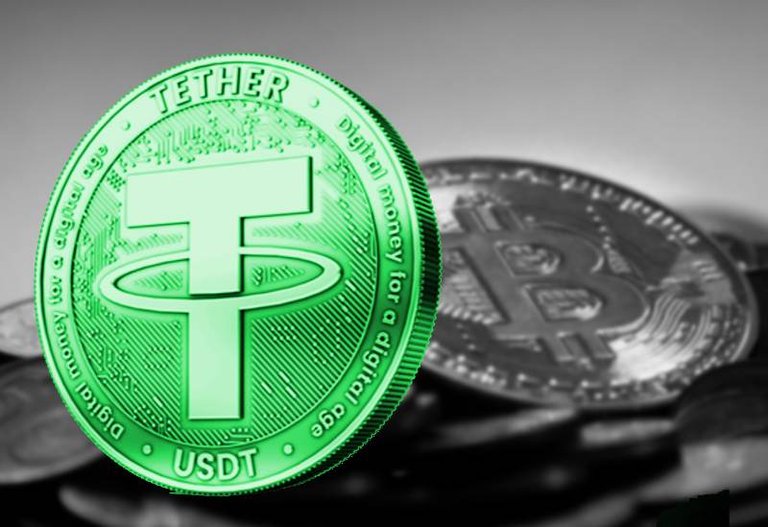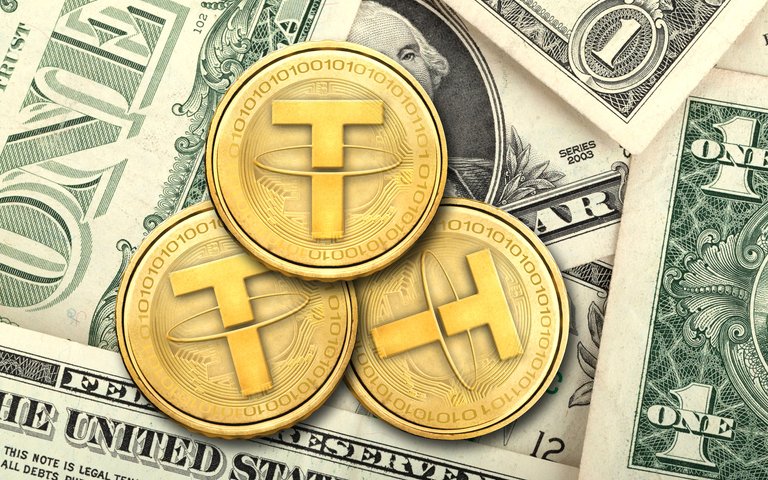Stablecoin Evolution: What Makes Tether A better Stablecoin?
Tether or USDT is one stablecoin among many others in the cryptocurrency world. stablecoins are digital currencies that have been constructed to remain stable, usually at par with normal fiat money e.g. dollar. Tether is acknowledged as one of the major forces that ensure stability and fluidity in the highly unstable and ever-changing world of digital currencies. In this post, we’ll explore why Tether is a better stablecoin compared to others and how to build a tether like stablecoin.
Understanding Tether
Tether is designed in order to act as a stable form of assets that are available in the virtual world. Like many digital currencies like Bitcoin and Ethereum that usually face volatile price conditions, one of the reasons why it aims at relatively fixed-pricing is to peg itself with a single US dollar. Tethers have proved a much better option for individuals and companies who want to shield themselves against the volatility of cryptocurrency price.
It holds variety reserves of fiat currencies and other real world assets which makes Tether stable in market price. The company known as Tether limited states that for each dollar, there is a tethered unit. This is a collateralization process that guarantees each USDT that a user buys is redeemable with an equivalent USD.
Tether has become crucial in providing security for traders whose trading activities are interrupted due to turbulence or who intend to shift funds between the cryptocurrency exchange and the traditional bank. It is now one of the most popular stabelcoins being widely adopted. It also contributes towards making the market more liquid and enhancing trade settling.
Understanding why Tether is a better Stablecoin Compared to Others
Like any other stablecoin, Tether contains features and benefits which are appealing for users in the cryptocurrency realm. Some of the reasons that make tether one of the most preferred stablecoins include the following:
Early Adoption: One of the pioneer stablecoins that gained popularity and became mainstream is tether. This allowed it to create enough market for its products and the users to have faith in it as well as the exchanges.
Liquidity and Acceptance: Most of the cryptocurrency exchanges also support tether. The asset has high liquidity which makes it easy to trade across many exchanges and hence, desired by traders.
Proven Stability: Tether has remained steadfast in its stability, being almost as constant as the US dollar, providing assurance to users that are wary of currency price fluctuation experienced in other digital currencies.
Transparency: Tether Limited which is the firm that controls the Tether has strived to provide more openness in that it releases regular breakdowns of their reserves and works with different banks to audit their deposits. This transparency is intended to instill confidence in the stablecoin’s 1:1 peg per US dollar.
Accessibility: Tether is an international service that all people and businesses can employ to make trades, transfer values, or just store value.
Wide range of Use Cases: This asset can be used in multiple purposes like trading, hedging or to act as a stable base currency for portfolios containing other cryptos.
Nevertheless, there exist a handful of other secure stablecoins like USDC, DAI, and TrueUSD among others. Which stablecoin is selected will be based on certain considerations like regulatory concerns or an individual’s personal preference and/or trust.
How to Build a Tether-like Stablecoin?
The basic pillars for developing a stablecoin:
Define Your Objectives: Figure out what is the main objective of your stablecoin. Explain the chosen stability mechanisms and clarify your rationale.
Legal and Regulatory Compliance: Do talk to legal advisers as you will need to know what the regulatory requirements and compliance needed in your target jurisdiction are. Failure in abiding by financial regulations can result in legal troubles.
Choose a Collateralization Model: Decide on the collateralization model. An example is tether which holds up to 100% collateralization in US dollars. All this entails full collateralization, the principle of algorithmic stability, and overcollateralization.
Secure Reserves: Buy and hold the collateral that supports your stablecoin. For example if you are pegging to a fiat currency you will have to keep a reserve of this currency within a sound financial establishment.
Develop Smart Contracts: In case it is a stablecoin built on a blockchain platform such as Ethereum, then smart contacts for issuing, redemption and managing collaterals should be developed.
Establish an Issuer Entity: Create a legal body to develop and maintain reserves of the stablecoins to enhance transparency. These are important elements of regulatory compliance and financial audits.
Create a Transparent Reserve System: Introduce a reserve mechanism that periodically audits and discloses the security underpinning the stablecoin.
Choose a Blockchain Platform: Choose a stablecoin that supports your business objectives and select a suitable blockchain platform for it. Popular examples of building a stablecoin are Ethereum, Binance Smart Chain, among others.
Develop wallets and User Interfaces: Designing user friendly wallets and dashboard for end users to buy, sell and control your stablecoin. Mobile apps, web wallet and compatibility with other established crypto exchange applications are worth considering.
Security and Auditing: Ensure that you put in place stringent security precautions to avoid hacking issues and loopholes related to your stablecoin. Audit the code and security practices often.
Distribution and Adoption: Increase adoption by marketing your stablecoin. Ensure that there is enough liquidity and that you can use your coin through partnering up with some cryptocurrency exchanges and payment processors.
Regulatory Compliance: Always stay up to date with regulatory developments. This is a feature that necessitates continual dedication in order for compliance not to be a one-off commitment.
Maintain Stability: Ensure that you regularly monitor the stability of your stablecoin and respond to changes in Collateral, Issuance, or other processes, as required for maintaining the peg.
User Support and Education: Provide user support and educational materials on how to efficiently use your stablecoin.
Tether is one of the largest stablecoin in the crypto industry and developing one is surely not a stroll in the park as it also entails technical, legal, and financial considerations. Whenever you are planning to launch a stablecoin, work with an experienced team comprising of blockchain technology managers, lawyers, and financial professionals if you want your project to flourish and build trust among users and investors.
In Conclusion
Tether is a representative of one such stablecoin that embodies stability and predictability in a crypto-world full of price fluctuation. The fact that it is able to preserve one-to-one peg with the US dollar makes it reliable for traders and investors navigating through the tough seas in digital currencies.



https://inleo.io/threads/wealthwess/re-leo-curation-t7zmq6cu
The rewards earned on this comment will go directly to the people ( wealthwess ) sharing the post on LeoThreads,LikeTu,dBuzz.